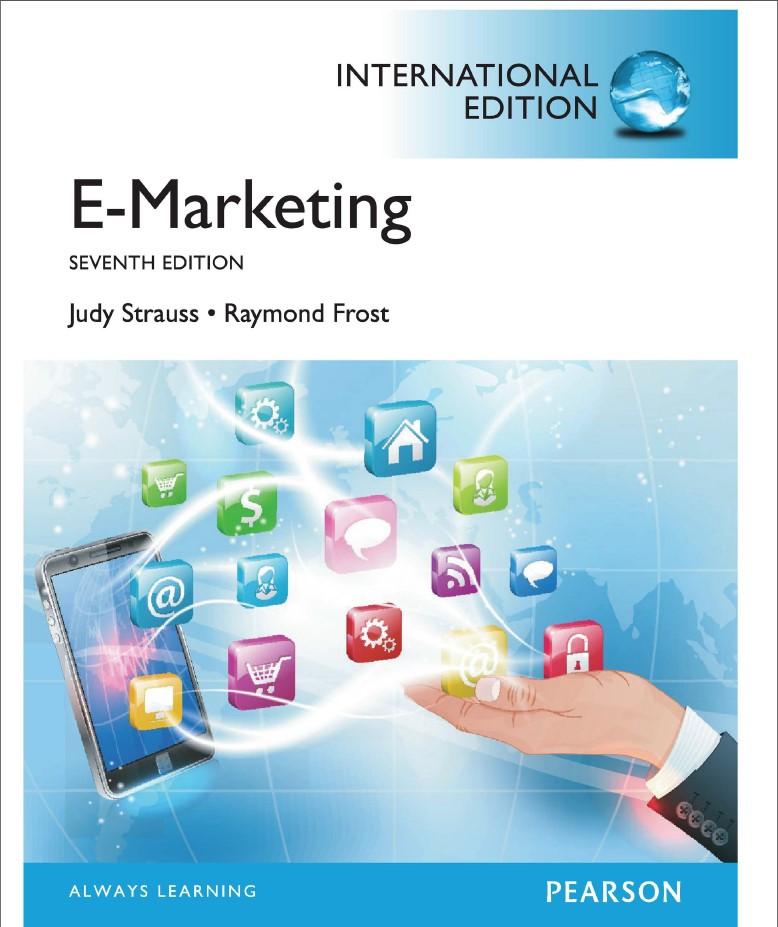Question
1) As new firms enter a monopolistically competitive industry, it can be expected that: a.Profits of existing firms will fall. b.Market price will rise. c.Market


1) As new firms enter a monopolistically competitive industry, it can be expected that:
a.Profits of existing firms will fall.
b.Market price will rise.
c.Market demand will rise.
d.The profits of existing firms will rise.
e.The output of existing firms will rise.
2) A monopoly:
a.Can force consumers to purchase what it is selling.
b.Always makes a profit.
c.Always has government-created barriers
d.Is characterized by a single seller who produces a well-defined product for which there are no good substitutes.
e.Always has naturally created barriers.
3)Deadweight loss results in a monopoly because:
a.The monopolist charges a price equal to marginal cost, which is higher than the price charged in a competitive market.
b.The monopolist charges a price below marginal cost.
c.Some consumers who would benefit from a competitive market lose out.
d.The monopolist produces a quantity that is higher than the quantity produced in a competitive market.
e.The monopolist makes a positive economic profit in the short run.
4)Firms engage in price discrimination if they:
a.Charge different prices for the same good based on race.
b.Never reveal their pricing plan to ineligible customers.
c.Charge the same prices to all.
d.Charge different prices for the same good based on tastes.
e.Charge different prices for the same good based on the costs associated with producing the good.
5)Because the demand curve for a monopolist is downward sloping:
a.There is no limit on the monopolist's ability to make a profit.
b.The monopolist can sell as many units of its product as it wants.
c.The monopolist can sell its product at any price it wants.
d.The monopolist is a price-taker.
e.The monopolist has many price-output combinations.
6)A monopolistically competitive market consists of many sellers, an oligopoly consists of ______ seller(s), and a monopoly consists of ______ seller(s).
a.A few; many
b.One; two
c.One; one
d.A few; one
e.Many; one
7)In a price discrimination setting, people with the most inelastic demand:
a.Do not buy the good.
b.Pay either a higher or lower price.
c.Pay the same price as everybody else.
d.Pay the highest price for the same good.
e.Pay the lowest price for the same good.
8)Suppose you live in a small college town where, every weekend, ten independent food-cart owners set up shop and sell hot dogs on the street, they are popular with students, and where they frequently locate where students hang out. Suppose on evening you overhear the conversation of three of the food-cart owners as they conspire to raise the price of their hot dogs. The same night, you report the conversation to the Department of Justice via their antitrust complaint website. Why might the Department of Justice not end an agent to investigate the collusion attempt you witnessed?
a.Collusion among small competitors like street vendors is actually beneficial to consumers.
b.Antitrust laws are applicable only to collusion attempts that occur on federal government property and the collusion attempt occurred on private property
c.The Department of Justice lacks the resources to investigate every case of the collusion report.
d.To ensure small businesses a fair shot at competing with larger businesses, President Obama issued an official executive order to the Department of Justice in 2012 to stop pursing antitrust violations involving small businesses only.
e.There is not a law that prohibits collusion among competitors.
9)Firms in a monopolistically competitive industry produce:
a.Only industrial products-and no consumer products
b.Homogeneous goods and services.
c.Differentiated products.
d.Only consumer products-and no industrial products.
e.Monopolistic goods only.
10) A big difference between a competitive firm and a monopolist is that a monopolist:
a.Can always make positive economic profits.
b.Does not set marginal revenue equal to marginal cost to maximize profits.
c.Does not try to maximize profits.
d.Does not charge a price equal to marginal revenue.
e.Cannot set its price at the market price..
Section ii.


Step by Step Solution
There are 3 Steps involved in it
Step: 1

Get Instant Access to Expert-Tailored Solutions
See step-by-step solutions with expert insights and AI powered tools for academic success
Step: 2

Step: 3

Ace Your Homework with AI
Get the answers you need in no time with our AI-driven, step-by-step assistance
Get Started


